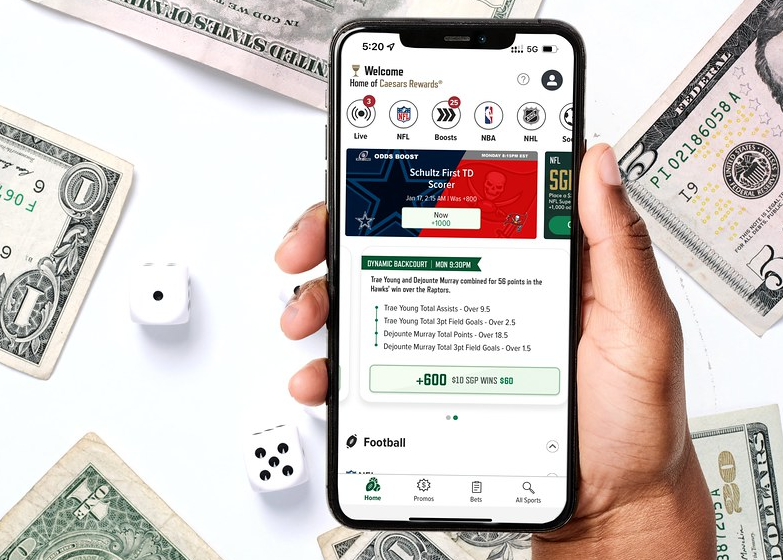Brazil’s sports betting scene exploded in Q3 2025, with tiny bets flooding the market while hefty wagers raked in the real money. A fresh report uncovers how everyday punters shape trends, yet high rollers keep the industry booming. Dive in to see why this shift matters for millions.
Brazil has rocketed to the fifth-largest online betting market worldwide, with projections hitting $4.1 billion in revenue for 2025. This surge comes amid rapid digital growth and new regulations that kicked in earlier this year. The Paag Q3 2025 Market Insights Report, based on transactions from July to September, paints a clear picture of who’s betting and how.
Most bets stay small, showing how accessible the market has become for average folks. Around 71% of all wagers fell under R$50, or about $9.50. This points to a wave of casual bettors jumping in, drawn by easy apps and low entry points.
Wagers up to R$20 made up 44.2% of total bets but only 7.3% of the money moved. That’s a huge chunk of activity from people testing the waters without big risks. Analysts say this trend ties into Brazil’s economic ups and downs, where many prefer safe, fun plays over high-stakes gambles.
In one standout month, betting sites saw a 24.45% jump in visitors compared to last year, hitting nearly 4 billion visits. It’s no wonder regulators are watching closely.
Revenue Power Lies in Bigger Bets
While small bets dominate the count, the cash flow tells a different story. The report highlights that 80% of total revenue stemmed from bets over R$100, proving that a smaller group of serious players drives the profits.
Bets between R100����1,000 grabbed 11.7% of transactions but fueled 42.3% of the value. Even rarer, those over R$1,000 were just 0.5% of bets yet delivered 20.2% of the financial punch.
This split affects everyone from app developers to tax collectors. For instance, the government pulled in R$6.8 billion from betting taxes in 2025 so far, a massive 17,000% increase from prior years. It’s funding public projects, but it also sparks debates on addiction risks.
Picture a typical evening: bets peak after work hours, with mid-month surges when salaries hit bank accounts. These patterns show betting weaving into daily life, much like grabbing a coffee or scrolling social media.

Geographic and Timing Trends Emerge
Across Brazil, betting heats up in urban hotspots like São Paulo and Rio, but smaller cities are catching on fast. The report notes evening peaks, as people unwind with live sports on their phones.
Mid-month wagering spikes align with payday, boosting activity by up to 30% in some weeks. This cycle reveals how economic factors play in, with folks splurging right after getting paid.
Here’s a quick breakdown of key bet sizes from the Paag data:
- Up to R$20: 44.2% of volume, 7.3% of value
- R21���50: 26.8% of volume, 12.4% of value
- Over R$100: 12.2% of volume, 62.5% of value
These numbers underscore a market where volume comes from the masses, but value from the committed.
Demographics add flavor too. Younger bettors under 30 lean toward esports and quick games, while older groups stick to traditional sports like football. Women are joining in more, making up 25% of new users this quarter.
Challenges and Future Outlook
Regulators face tough calls as the market balloons. With 17.7 million bettors in the first half of 2025 alone, concerns over problem gambling rise. Strict oversight aims to promote transparency, but enforcement lags in some areas.
On the flip side, the industry creates jobs and tech innovations. Companies are pushing real-time streaming and group betting features to keep users hooked.
Growth isn’t slowing. From 2020 to 2022, the sector jumped 360%, and 2025 forecasts show no letup. Global trends, like esports betting doubling in some reports, suggest Brazil could lead in Latin America.
One worry: much of the money flows abroad, pressuring the real’s value. Experts urge more local investment to capture those billions.
| Bet Size | % of Total Bets | % of Total Revenue |
|---|---|---|
| Up to R$20 | 44.2% | 7.3% |
| R21−�50 | 26.8% | 12.4% |
| R51−�100 | 16.8% | 17.8% |
| R101−�1,000 | 11.7% | 42.3% |
| Over R$1,000 | 0.5% | 20.2% |
This table from the report illustrates the revenue imbalance clearly.
Brazil’s betting landscape in Q3 2025 reveals a vibrant, uneven world where small bets bring the buzz and big ones bring the bucks, transforming leisure into a economic force that touches taxes, tech, and daily routines. As the market matures, it promises excitement but demands careful watch to protect vulnerable players.
Leave a Reply